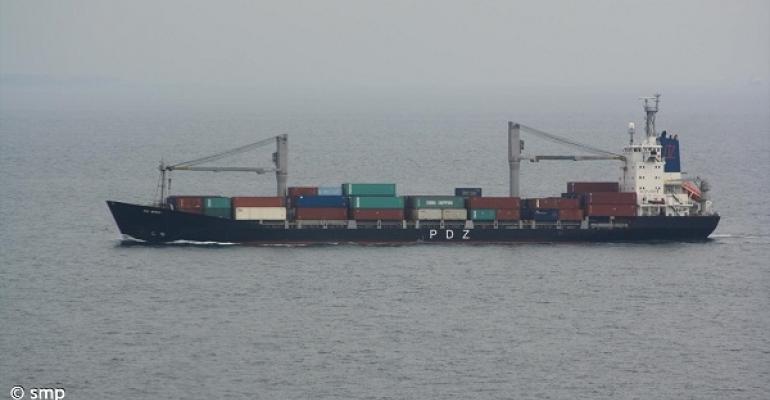At a fundamental level, this should be a function of scrapping and demand in the specific segments within the sector. However, the year has begun with an apparently disappointing less-than-expected rise in charter rates despite a shortage of supply.
Despite this, industry players, including some specialists in the segment are keeping the faith and still believe this is the right place to be this year.
Much of it has to do with the age profile and ongoing scrapping patterns of the sector. According to VesselsValue, although scrapping activity slowed in 2017 it remains strong.
“Additionally, the fleet of smaller ships is ageing, with a small outstanding orderbook. The number of ships that will be heading to the breakers will remain high over the next several years,” the ship valuation platform noted.
In addition, while the absolute numbers may be smaller than expected, in percentage terms the rise in charter rates is not to be scoffed at, considering the general state of the shipping market.
For example, 1,700 teu ships rebounded from a low of $6,400/day up to their current market level of $9,300/day. Meanwhile, 3,500 teu panamaxes rose from a low of $6,550/day in December 2016 to $9,800/day at the present time, VesselValue pointed out.
“I believe that charter rates are up anywhere from 30-50% year-on-year which I think is quite a significant improvement, and yes, with the idle fleet down from 6% to 2% year-on-year then one could realistically expect further increases in 2018, though scrapping has all but stopped,” said Tribini Capital director Thomas Soderberg.
“The market is becoming more balanced and the orderbook is relatively small so we have seen an improvement in rates. There has been a fairly lengthy period of under-investment in the feeder sector and a lot of the fleet is now becoming quite old,” noted Mandarin Shipping chairman Tim Huxley.
On the market in general, Huxley said: “Rates have begun to move upwards, particularly for modern, fuel efficient ships but the lack of any significant period business will probably put a hold on any big new investment by charter owners whilst the major lines have been focused on investment in the bigger ships.”
Highlighting an age-old conundrum Soderberg commented: “The value and premium of newbuildings is very much related to the oil price, whilst the risk of poorly maintained older ships breaking down is considerably higher.”
He added: “It’s always easier to run new ships, but you need a higher market to justify the cost. Secondhand seems like a good punt if one can find decent quality ships.”
Indeed a big issue is the availability of quality tonnage. “For owners such as ourselves who are committed to building an Asian-based feeder operator, the key will be if there are the good quality modern assets we want available in the market,” Huxley reiterated.
Looking ahead to the rest of the year, these players remained optimistic about the sector, but emphasized that certain conditions needed to be in place to be successful.
“Stay away from ULCVs and focus on smaller ships where assets are aging and will need to be replaced for service into smaller ports. Identify specific pieces of business or specific trade routes rather than making a generic-sized type asset play,” advised VesselsValue.
“Like most areas of shipping, there is a higher degree of optimism in container trades than there was previously and this is supported by the fact that there has been little investment in recent years. Whilst there is optimism of continued intra-Asian trade growth, there could be a few speed bumps along the way,” said Mandarin’s Huxley.
“It is a sector we are committed to and if the right opportunity comes along, then we would certainly look at investing but as regards new buildings, we would certainly want to see a higher level of long term employment to leap in,” he concluded.
“New buildings if you have patient investors, with moderate expectations and a long horizon. Second hand if you have more of a gambling mindset,” Tribini’s Soderberg opined.
Elaborating, he added: “You run the risk of maintenance problems which can be costly, but could also see a 50% return in the next 12-18 months.”
“Looking at risk vs reward overall we think the returns in alternative ship finance are the most attractive space to be in today,” Soderberg concluded.
Copyright © 2024. All rights reserved. Seatrade, a trading name of Informa Markets (UK) Limited. Add Seatrade Maritime News to your Google News feed.


